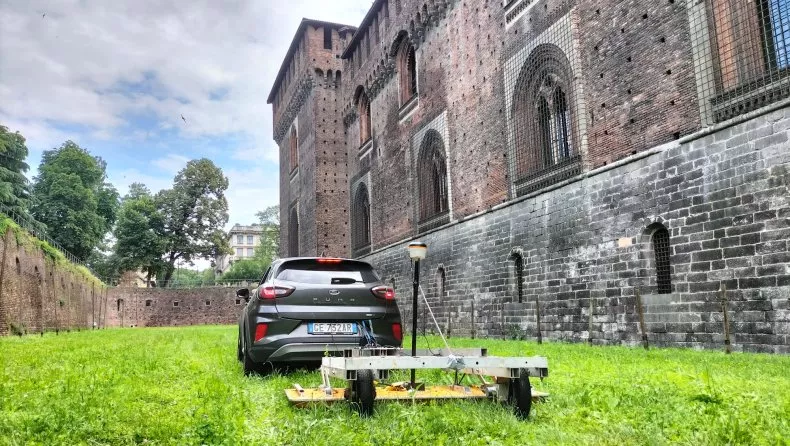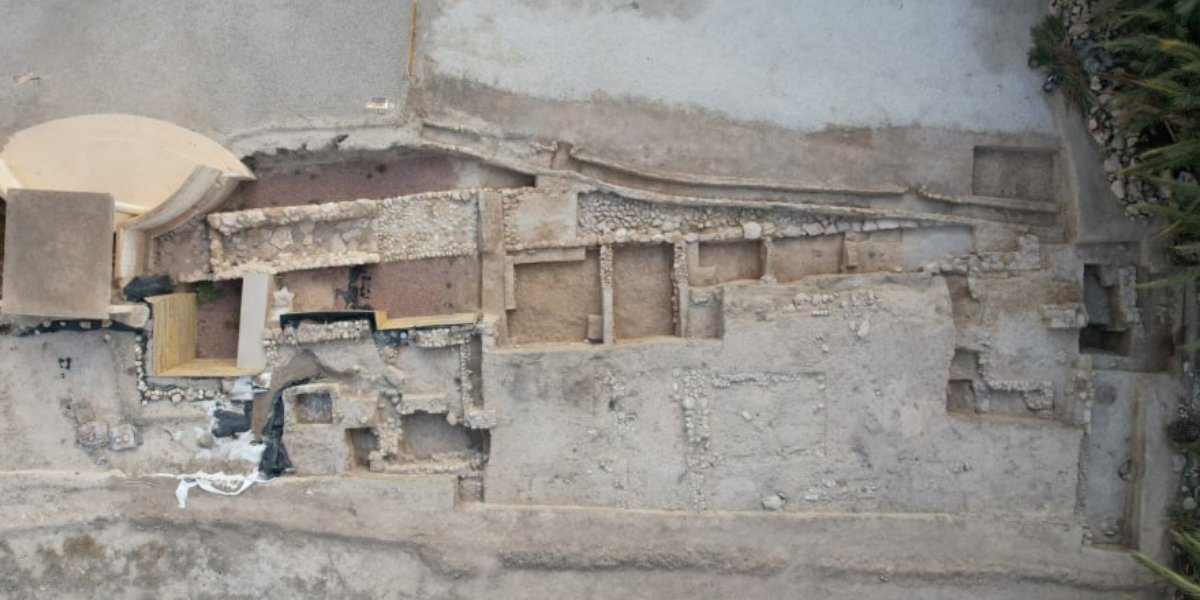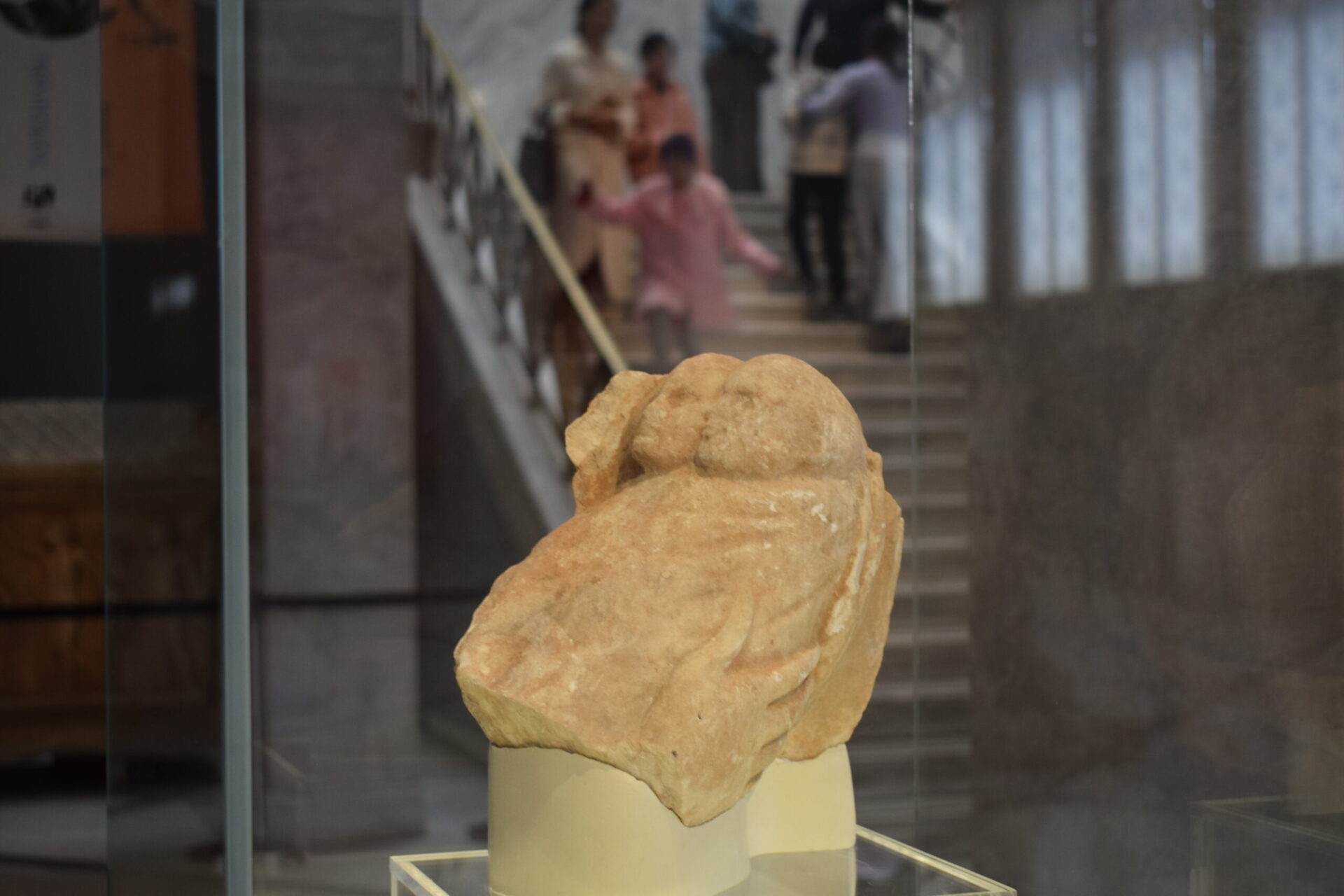Milan’s Sforza Castle, a symbol of Italian history, has long fascinated historians, engineers, and architects. Built in the 15th century, it has served as a fortress, residence, and seat of power. Now, a groundbreaking technological investigation led by the Politecnico di Milano, in collaboration with Sforza Castle and with technical support from Codevintec, has uncovered a network of hidden passages beneath the castle, potentially confirming legends linked to Leonardo da Vinci.
Underground Secrets and Royal Intrigue
Researchers from the Politecnico di Milano believe some tunnels served military purposes, while others, once connected to a nearby church, provided a discreet passage for a grieving duke to visit his wife’s tomb. One popular legend tells of Ludovico il Moro, Duke of Milan, using a secret passageway to mourn his wife, Beatrice d’Este. Remarkably, these underground passages appear in drawings by the renowned polymath Leonardo da Vinci. Historian Luciano Chiappini described the duke’s grief as “an almost maddening mourning,” a period that may have contributed to his later downfall.

Advanced Technology Unlocks History
This passage, immortalized in Leonardo’s drawings, has now potentially been confirmed through the use of ground-penetrating radar. The study employed advanced technologies, including ground-penetrating radar and laser scanners, to precisely map and document the castle’s subsurface and underground structures, revealing cavities and hidden walkways just below the surface.
“The aim is to create a digital twin of the Sforza Castle,” stated Franco Guzzetti, a geomatics professor at the Politecnico di Milano. This digital model will not only showcase the castle’s current appearance but also “allow us to explore the past by revealing ancient structures that are no longer visible.”
A New Era of Exploration
The findings offer valuable historical documentation and open exciting new possibilities for tourism. Augmented reality technologies and virtual pathways will soon allow visitors to explore these previously inaccessible underground spaces, creating an immersive experience that blends innovation and history.
Cover Image Credit: Wikipedia Commons CC BY-SA 4.0




